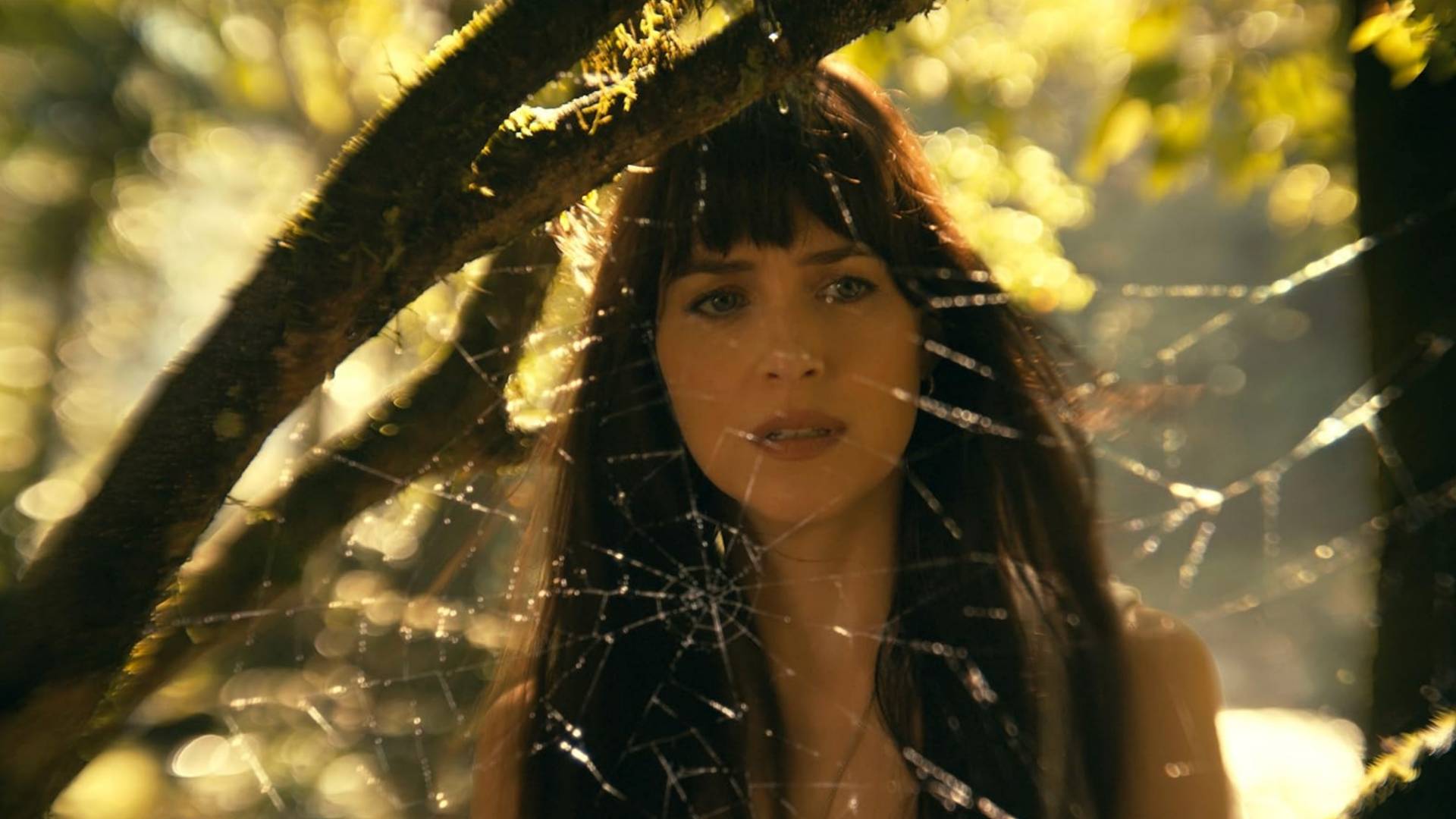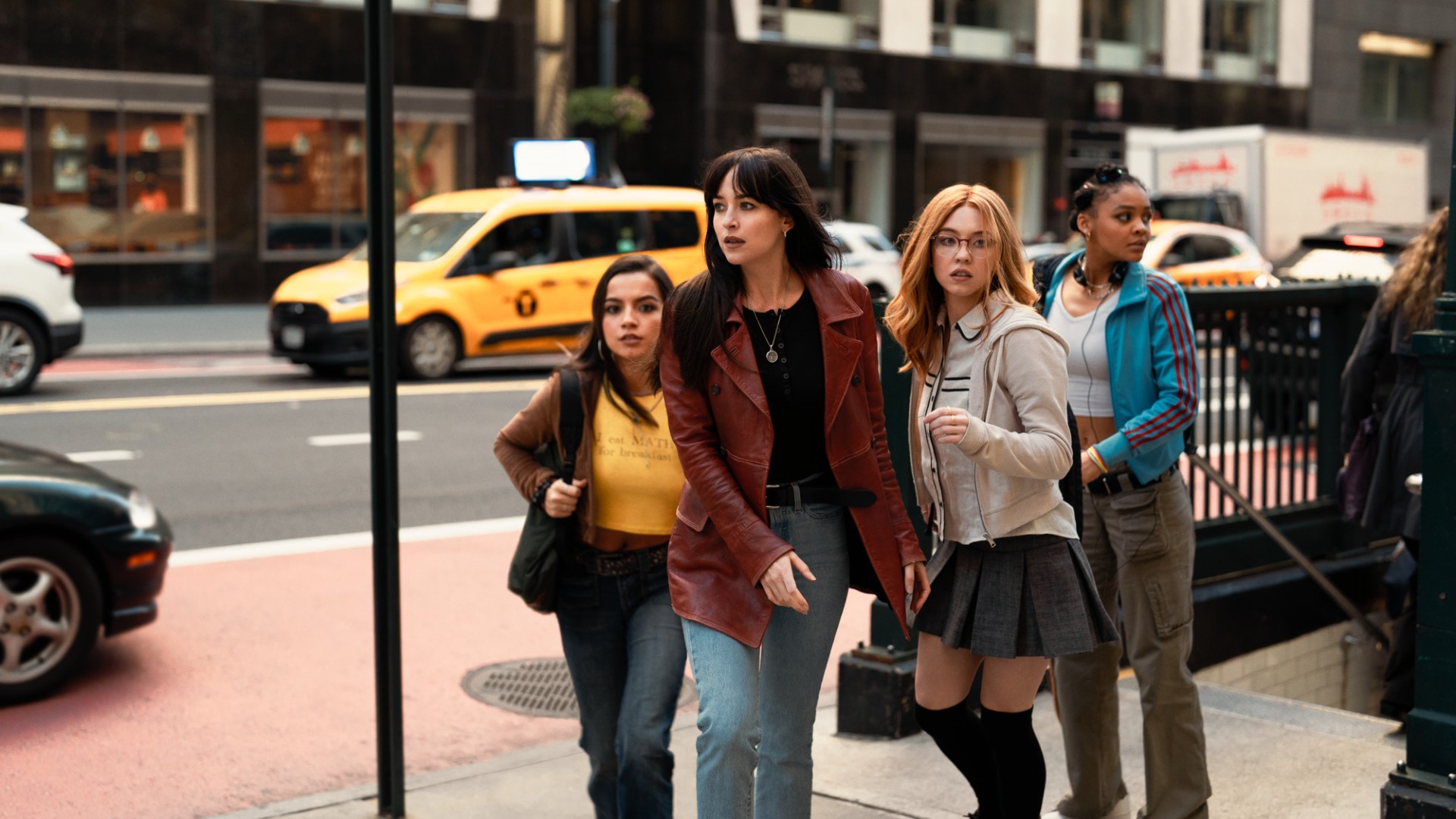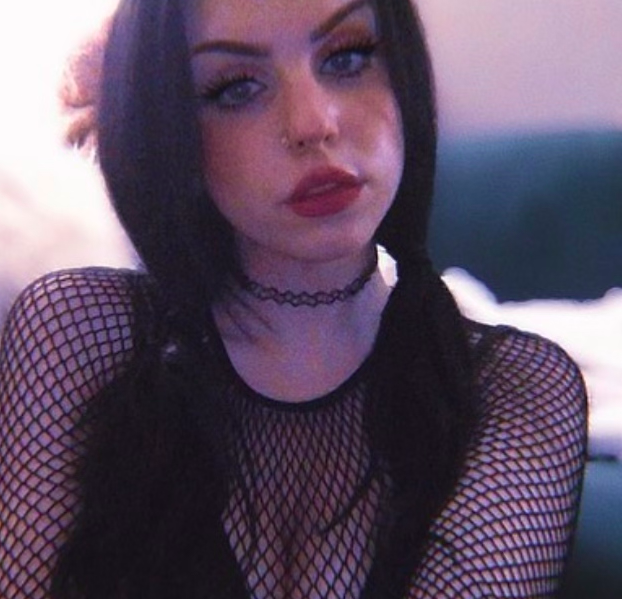Madame Web totally fumbles the character's unique and important comic origins
OPINION | Madame Web should’ve stayed true to its comic roots

Warning: Madame Web spoilers ahead!
I’m all for an origin story. One of the coolest things about Sam Raimi’s Spider-Man is that fateful spider bite, which satisfyingly sets up the montage of him trying out his new powers for the very first time. Nearly every good superhero movie starts with how that hero came to be, explaining their struggles and hardships or need for revenge.
Sony’s Madame Web is no different as an almost two-hour journey from Peru to New York and back again (and back again, and back again), which aims to invent a brand-new, non-canon origin story for a lesser-known but extremely interesting Spider-Man ally that had yet to make a proper onscreen appearance. The only issue is that the comic book character didn't need any reinventing – and the film misses the opportunity to make Cassandra Webb one of the most important heroes ever adapted for the big screen.
A heroic backstory

The original Madame Web (created by Denny O'Neill and John Romita, Jr.) made her first appearance in Amazing Spider-Man #210. Right off the bat: she's cool. The cover shows Spider-Man face-to-face with an elderly woman seated upon a throne attached to a spider web. She wears a long, black, and red gown that hits the floor and a blindfold over her eyes. Upon closer look, the spider web is actually an intricate system of wires that belong to a life support system, and the 'throne' is simply the chair that the machine is hooked up to.
She is introduced in the Marvel world as an elderly woman who suffers from myasthenia gravis, a chronic autoimmune disorder that weakens the muscles and is known to cause blindness. But that doesn't stop her, a mutant of the X-Men variety, from using her clairvoyance and telepathy to help Spider-Man stop bad guys and mentor three of the heroes who would take on the 'Spider-Woman' mantle.
The live-action film goes along a different route. It introduces us to a paramedic named Cassie Webb (whose mother died while researching spiders in the Amazon) who suddenly obtains the power of precognition and clairvoyance after a near-death experience. It's revealed at the end of the movie that Cassie developed neonatal myasthenia gravis, passed on genetically by her mother Constance. Constance traveled to the jungles of Peru, while eight or nine months pregnant, in order to find a special spider that would lead to an experimental cure. Long story short, Constance is bitten by the spider after being shot by bad guy Ezekiel Sims, and gives birth to a completely healthy baby girl.
At the end of the film, Cassie is blinded by fireworks and becomes paraplegic due to the injuries she sustains while fighting Sims. The film ends with her in a wheelchair, wearing sunglasses, and staring out a window with a spiderweb-like pattern.
Bringing all the latest movie news, features, and reviews to your inbox
Besides the fact that this is an unnecessarily complicated and very roundabout way to give live-action Cassie the same physical ailments as comic book Cassie, it also completely misses the opportunity for what could've been extremely important representation for chronic illnesses and rare diseases.
A missed opportunity

As someone who suffers from Postural tachycardia syndrome (POTS), I can tell you firsthand how difficult it is to get a proper diagnosis – and how dangerous it was to be misdiagnosed and almost put on a medication that is known to cause extreme negative side effects. Part of why I love Madame Web in the comics is because she's a chronically ill, autoimmune superhero. We could've had a big-budget comic book movie about a female superhero with a rare chronic illness. It would've brought awareness to the cause, and chronically ill children and teens around the world would've felt represented on a massive scale.
More people would know how hard it is to be taken seriously, how many doctors and specialists we're referred to, how much money it costs – it would've opened a dialogue. Instead, a magic jungle spider cured her rare, debilitating disease only for her to develop the same physical ailments the disease would have given her anyway.
I'm no screenwriter, but how awesome would it have been to have an origin story that sees a young Cassandra Webb battle her autoimmune disease while also figuring out how to control her powers? What if we even got to see a cool montage of the construction of her web-like life support system, or of her putting on her spider gown for the first time?
Madame Web had the potential to be a different kind of superhero movie – and it's definitely different...just not in the way we might have hoped. Because Hollywood loves to reboot, I'm going to hold out for a MCU version of Madame Web that sees her team up with Tom Holland's Spider-Man, old-age, chronic illness, and all.
For more, check out our guide to the Madame Web ending explained and the Madame Web Easter eggs we spotted.

Lauren Milici is a Senior Entertainment Writer for GamesRadar+ currently based in the Midwest. She previously reported on breaking news for The Independent's Indy100 and created TV and film listicles for Ranker. Her work has been published in Fandom, Nerdist, Paste Magazine, Vulture, PopSugar, Fangoria, and more.


